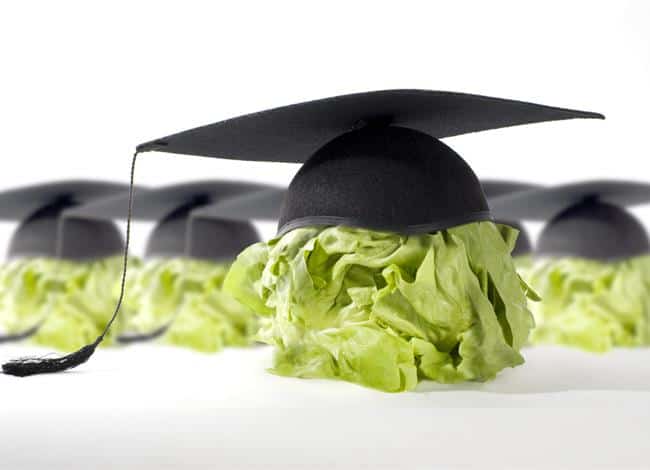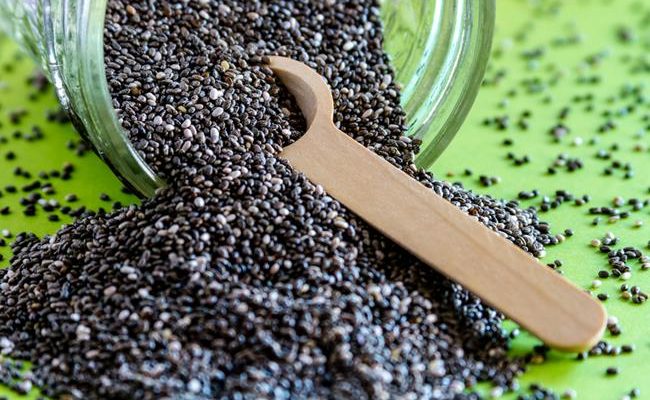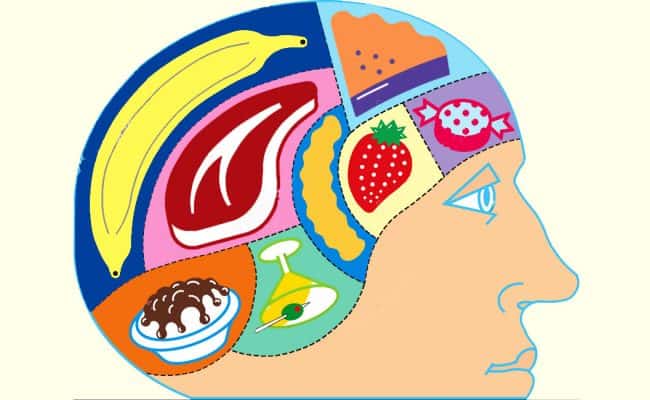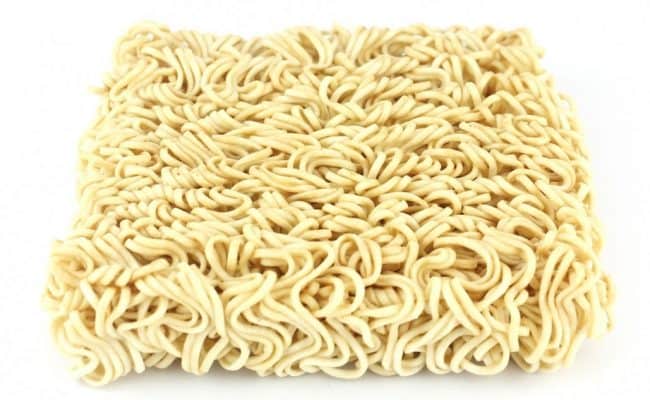
Knowing what you should eat for your health and actually eating it can be very far apart. Most people understand eating a diet high in fruits, vegetables and limit processed foods are important components of a healthy diet. However, according to the CDC, only about 10% of American adults consume daily recommended vegetable servings, and about 25% of American adults met the recommended daily fruit intake.
As obesity levels and disease risk continue to increase worldwide, the importance of eating a healthy diet is maybe at an all-time high.
If you are trying to eat healthier, maybe you know already what you should do. The hard part is actually doing it.
Research studies have shown eating junk food can be like an addiction, and like any addiction can be tough to break. What we eat can influence brain hormone levels and the reward center in the brain.
However, the good news is training your brain to eat healthy can be done. It just takes patience, time and continued determination.
Associate food with how you’ll feel afterwards.
No one binges on broccoli or carrots. Instead, we crave foods that are high in calories, sugar, fat and/or sodium. These energy dense foods can even be used as an emotional outlet or for self-medication (1).
We crave foods because of how they taste and how they can potentially have a role in releasing dopamine in the brain.
How can you train your brain to eat healthy and want to eat healthy food?
Think about how the food you’re eating will affect you, not just the taste. Think of how you’ll feel after eating your food and focus on that instead of just taste.
After eating fast food, cake, or chips, you probably don’t feel great. Blood sugar levels, energy and digestion can be adversely affected.
Compared with after eating a healthy meal, you are more likely to feel energized, satisfied and not sluggish.
If you don’t know how the food you’re eating affects you, research it or speak with a dietitian. Before you eat something, link what the food is offering your body either beneficial or not.
A 2011 study (2) showed study volunteers pictures of junk food paired with negative images of potential health consequences of unhealthy eating. Another group received pictures of only junk food.
Researchers found the group who was shown images of junk food paired with negative images of health were more likely to choose fruit for a snack.
The trick with training your brain to eat healthy is to get reward and satisfaction from eating healthy foods because you know it is positively affecting your body.
Think before eating junk food and recognize how it will affect you. This is not to make you feel guilty anytime you eat a treat, but the goal is to make a switch to eating healthy food as a norm and feel good about it.
Pay attention to ingredients.
Training your brain to eat healthy can start with taking a look at the ingredients you are putting into your body.
If you eat a typical Western style diet, most foods come from a package with the ingredients and nutrition information readily available.
Many ingredients in popular foods like chips, cookies, cereals or already prepared foods have long names. These are usually preservatives or altered pure foods that are put together with foods to create shelf stable packages.
If you are used to just eating foods without much thought, make a new habit, even if only temporary, and read what you’re putting in your body.
Don’t know what a name is on an ingredient label? Look it up and see what it is and how it can affect your body.
Ideally, eating foods without ingredient labels, like fruits and vegetables, should make up the majority of your food intake.
However, if food does come in a package, know what it is and how it will affect your body. If you prioritize your health, this should help you train your brain to make healthy eating the norm.
Try different foods, flavors and textures.
Eating junk food can literally dull your senses and drive to try new foods. In fact, research from rats (3) suggests when rats are on a diet high in sugar and unhealthy foods, they were not as likely to try new foods.
They were also more likely to over indulge in food in general. When the rats were switched to a healthy diet, it took some time for them to switch their preferences to healthy fed rats.
Training your brain to eat healthy won’t come over night, so remember to be patient and consistent with your new habits.
Junk food producers do a good job of producing food that tastes like a lot of different things, but the flavor still remains somewhat ambiguous. The result is we feel the need to eat more and more of it.
Diversifying your foods, colors, textures and flavors can be a satisfying way to eat.
Research (4) from Cornell University suggests adults usually prefer three colors on the plate. So, instead of reaching for a bag of chips as a snack, see how you can pair three colors of healthy food together like some slices of fruit, a small handful of nuts and a small piece of dark chocolate.
Conclusion
Training your brain to eat healthy can be done, especially if you are willing to do some of your own research. Instead of eating what you are craving, focus on how the food you eat will affect your health.
Associate healthy food with making you feel good. This will in time help you to want to eat healthier foods.
Reading ingredients labels can also make you pause before you eat. Packaged foods can have many preservatives and artificial ingredients.
Do you know how these can affect your body? Think about it before you eat. If you aren’t sure how some of these ingredients affect your body, do some research.
Lastly, be willing to try new foods, textures, flavors and natural colors of food. Eating a wide array of colors of fruits, vegetables, grains, legumes and proteins is beneficial for many reasons. It can also feel satisfying to eat at least three different colors at meal times.
If are used to eating mainly junk food, give yourself some time to adapt to new preferences.
After a while, your brain and body will adjust to look forward to healthy foods.










